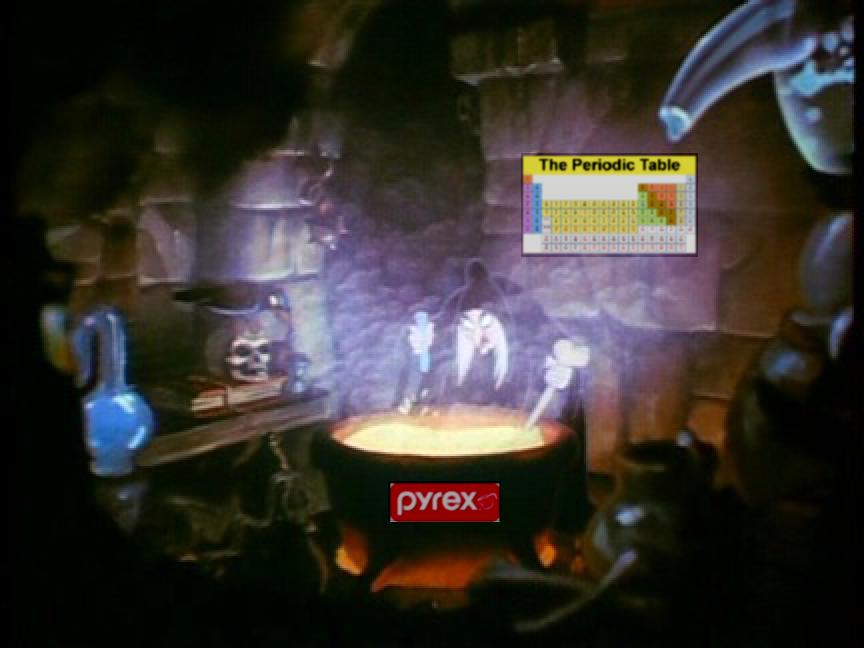References
References Cited in Our Article
Hibino, J.; Okazoe, T.; Taki, K.; Nozaki, H. Tetrahedron Lett. 1985, 26, 5579-5580.
Ichikawa, Y.; Igarashi, Y. Tetrahedron Lett. 1995, 36, 4585-4586.
Wilker, S.; Laurent, C.; Sarter, C.; Puke, C.; Erker, G. J. Am. Chem. Soc. 1995, 117, 7293-7294.
The paper by Wilker explains the reaction of PH3P=CH2 with Thiobenzophenone. Oxaphosphetanes are the intermediates of the Wittig reaction of ketones and aldehydes with phosphorus ylides. The phosphate ylide reacts with the carbonyl olefin to produce a four membered ring binding the ylide and the olefin. The oxaphosphetane decomposes stereospecifically to yield an olefin and a triphenylphosphine oxide. The paper reports that sulfur compounds also react rapidly with phosphorus ylides. These reactions form an olefin and triphenylphosphine sulfide, and sometimes episulfide formation is also observed. Under some temperature conditions thiiranes are formed instead of the Wittig olefination products. Under higher temperatures the triphenylphosphine sulfide and an olefin are formed.
The Wilker paper is cited by the following 3 articles:
This articles attempts to understand the kinetics of the Wittig reaction.
Reynolds, K.; Finn, M. J. Am. Chem. Soc. 1997, 62, 2574-2593.
This article utilizes a double olefination which uses a Wittig reagent.
Sase, S; Kano, N.; Kawashima, T. J. Am. Chem. Soc. 2002, 124, 9706-9707.
This articles refers to transition states involving strained ring formation with Wittig reagents.







